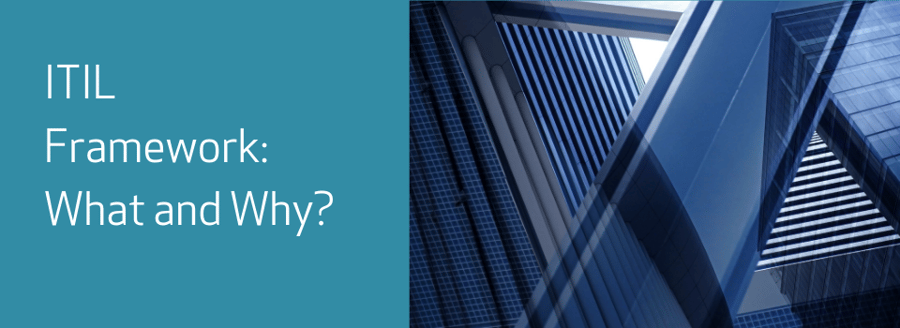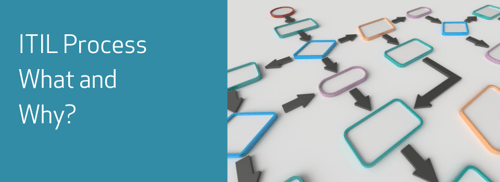ITIL has always been designed as nothing less – and nothing more – than a framework to build service management around.
What is ITIL and why follow the framework?
Indeed, the original definition – and goal – of ITIL was literally to develop a framework for efficient and financially responsible use of IT resources within the British government and the private sector.
Obviously, this has long since expanded globally and – as a framework – enormously over four generations of ITIL versions to cover every aspect of business service delivery. However, with V4, ITIL has looked to expand the benefits of that framework not simply company-wide, but as a means of generating real value to the business, in the form of a redefined framework – the SVS or Service Value System. It defines how each component and activity interacts in order to enable value creation at every step of the value chain.
ITIL v4 also extends beyond internal company walls, the ‘Why ITIL’ reflecting modern complexity and the required seamless interactions between organisations and their external 3rd parties, creating an ecosystem that can, in turn, facilitate further value for those organisations, their customers, and other stakeholders. This wider value chain is defined as starting with “plan”, moving through “improve”, “engage”, “design and transition” and “obtain/build” to “deliver and support”. Each activity is designed to transform inputs into outputs. These inputs can be demand from outside the value chain or outputs of other activities. So, all activities are interconnected, with each activity receiving and providing triggers for further action.
The systematic and structured approach of this ITIL V4 framework is designed to help a company to manage risk, optimise its business practices and strengthen inter-company and customer relations, while creating a stable, but adaptable and ongoing business platform, in order to manage both business and IT change. It sees ITIL really moving beyond mere IT service management, into actually shaping a business and its future strategies.
Of course, part of the successful adoption of ITIL is dependent on how ITSM tools allow for the balance between structure and flexibility that implementing elements of the framework requires; it is important that ITSM software reflects the ITIL framework with easy to use and adaptable processes workflows and configuration tools.
To find out more about how ITIL v4 impacts the wider organisation, read the Guide to ITIL
This practical guide to ITIL aims to answer questions including: What is ITIL? What does ITIL stand for? What is an ITIL process, and the ITIL Framework? Read on to discover the meaning of ITIL and more…




.png)
